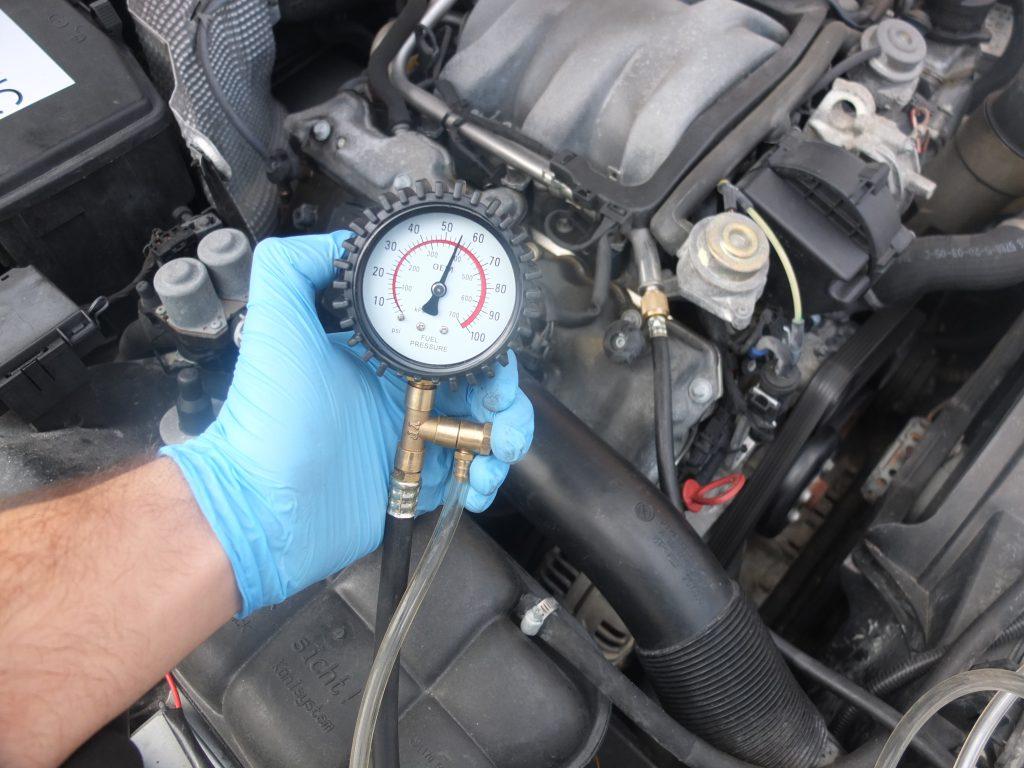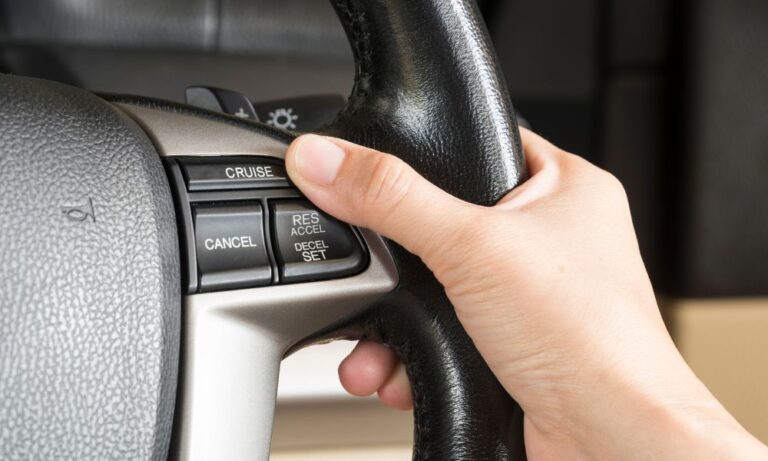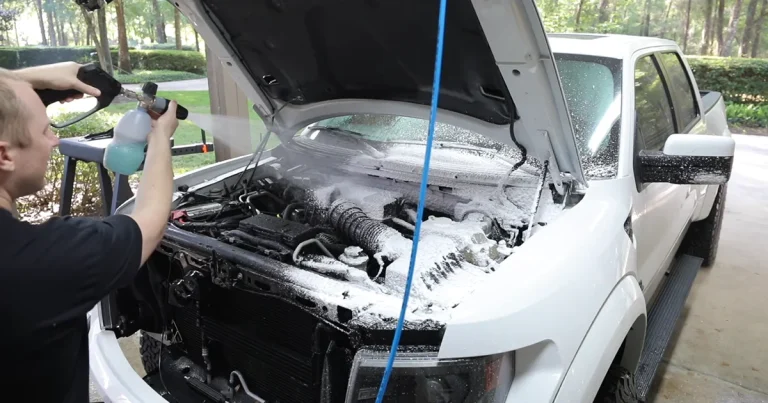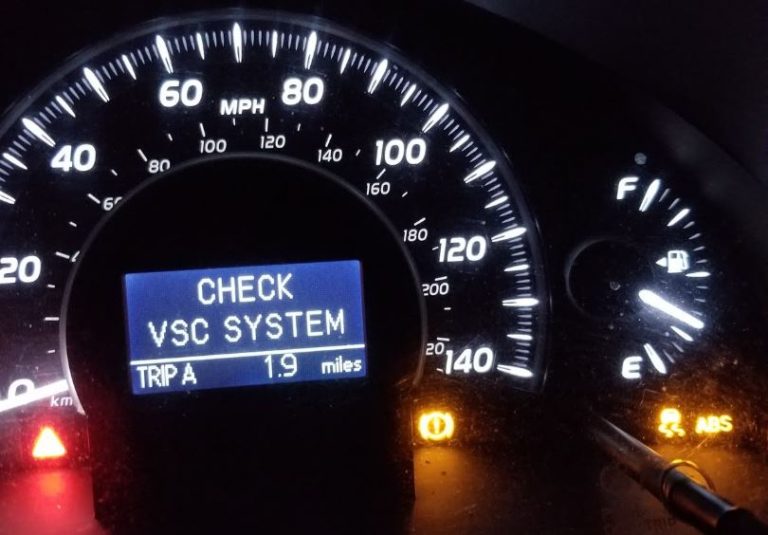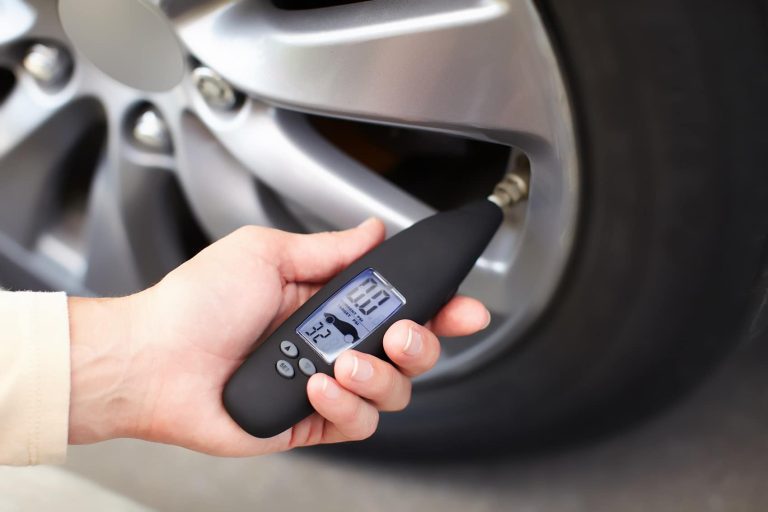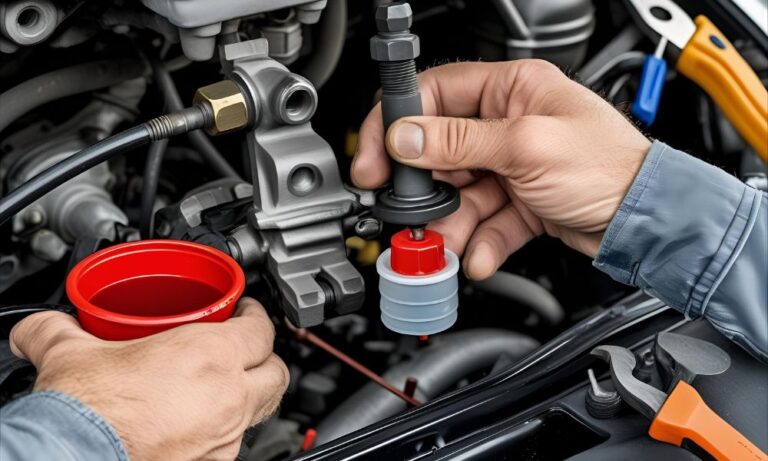How to Bypass Reduced Engine Power
If you have ever experienced your truck or car displaying a message of reduced engine power, you are probably aware of how frustrating it can be. In this guide, we’ll show you how to bypass reduced engine power so you can get back on the road safely and avoid unnecessary delays. This warning message is meant to prevent you from driving your vehicle aggressively and reduce the risk of further damage. But what should you do if you need to get to your destination soon?
Well, in this post, we’ll be discussing how to bypass reduced engine power and continue driving your car without any interruption.
1. Identify What Causes Reduced Engine Power
The first step in bypassing reduced engine power is identifying the trigger. Usually, there are several reasons that trigger this message. For instance, a faulty throttle position sensor or mass airflow sensor could be the culprit. Additionally, issues with the engine or transmission components could cause this alert. The best way to identify the trigger is by performing a diagnostic test, either by visiting a dealership, mechanic, or DIY using an OBD-II scanner. Once you’ve identified the trigger, you can effectively tackle the problem. You can use tools like the OBD-II scanner recommended by the Environmental Protection Agency (EPA) to read fault codes and pinpoint the issue causing reduced engine power.
2. How the Check Engine Light Helps Bypass Reduced Engine Power
If the engine management system has detected a problem, it will activate the check engine light. In most cases, this means your car’s computer has stored an error code in its memory. During a diagnostic test, the scanner reads these error codes, and they can be used to determine the trigger of the reduced engine power alert. If the check engine light is on, you must address the underlying issue before bypassing reduced engine power.
3. Clean the Air Filter
Your car’s air filter deserves regular attention as it helps protect the engine from debris and pollutants. A clogged air filter can reduce engine power, so check your air filter for any blockages, and if necessary, clean or replace it. Keeping the area around your filter clean is just as important—learn how to clean your engine bay to prevent dirt from affecting critical components like sensors and the air intake.
4. Reset the Check Engine Light
In most cases, when your car detects an issue that causes reduced engine power, the check engine light will be activated. However, once you’ve identified and resolved the underlying issue, the check engine light may not disappear. Should this happen, you may need to reset the check engine light manually by disconnecting your car’s battery for about 30 minutes, then reconnecting it and taking the car for a spin.
5. Can Disconnecting the MAF Sensor Bypass Reduced Engine Power?
If all else fails, you might need to temporarily disconnect the mass airflow sensor (MAF). The MAF is responsible for measuring the amount of air coming into your engine to set the correct air-to-fuel ratio. Disconnecting it might turn off the reduced engine power alert, but it’s risky, and there is no guarantee it will work. If you proceed with this option, be sure to reconnect the MAF before driving for long periods.
Conclusion
Reduced engine power can be extremely frustrating, but you do not have to live with it. As we’ve seen, there are several ways to bypass reduced engine power, depending on the root cause of the problem. Be sure to perform a diagnostic test, regularly check and maintain your car’s air filter, and if all else fails, temporarily disconnect the MAF.
As always, practice regular maintenance and servicing to avoid such issues.

